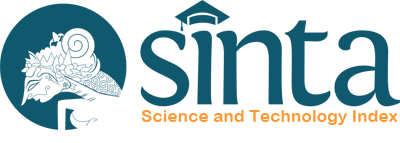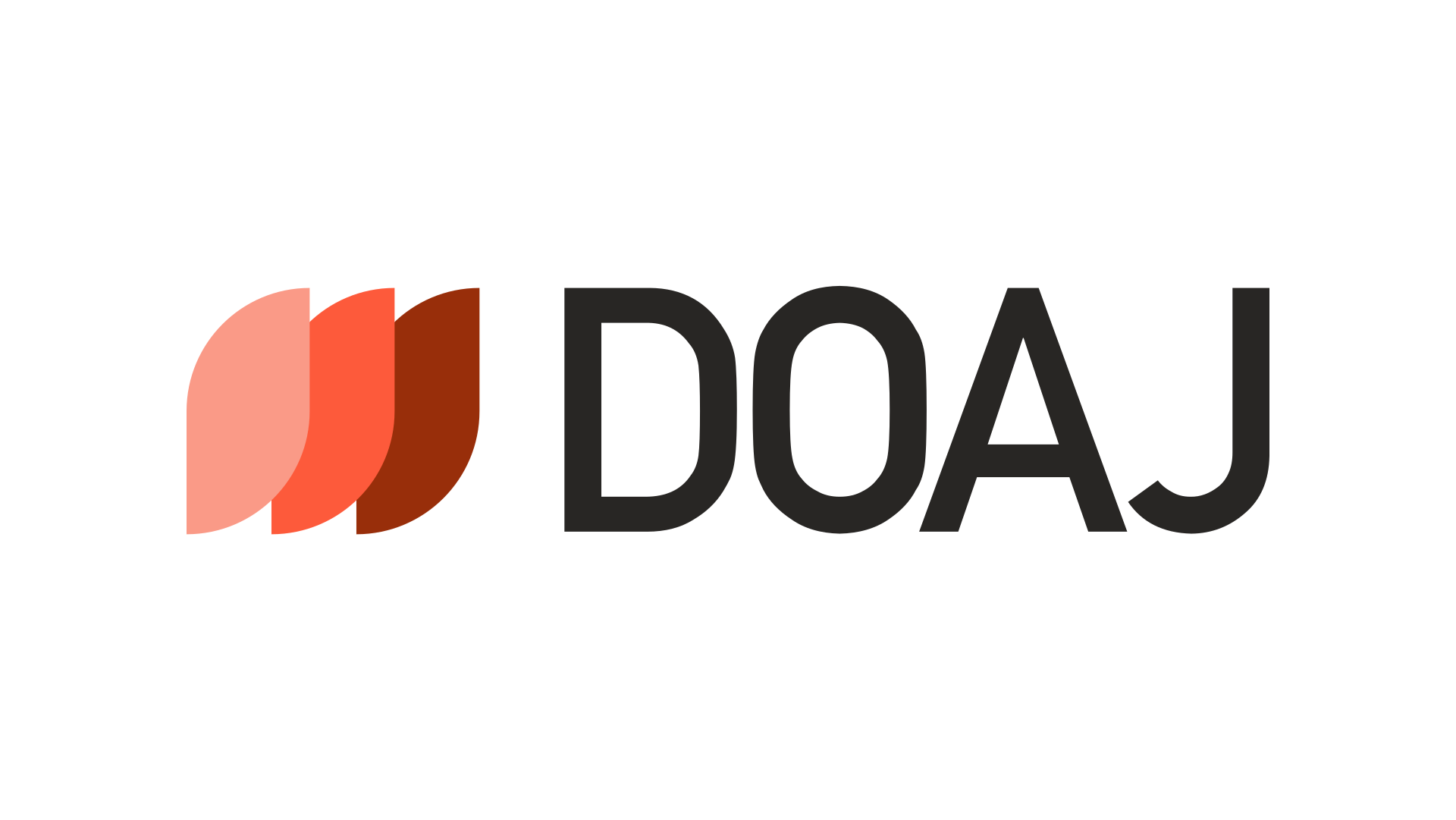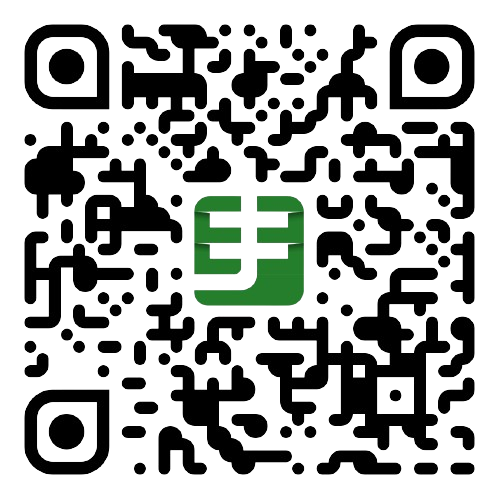Analisis Penalaran Ilmiah Mahasiswa Jurusan Pendidikan Guru Madrasah Ibtidaiyah (PGMI) IAIN Pekalongan
DOI:
https://doi.org/10.28918/ijiee.v2i1.4626Keywords:
Scientific reasoning, MLCTSRAbstract
The aim of this study is to know the ability level of scientific reasoningability of the 6th-semester students in the PGMI study program, IAIN Pekalongan. Scientific reasoning is one of the ability that should be owned by each teacher to be able to familiarize students to find a concept knowledge through how to think as a scientist.This study uses descriptive method. The total sample of this study is 70 students. Students’ scientific reasoningability was measured by test that adapted from Modified Lawson Classroom Test of Scientific Reasoning (MLCTSR). MLCTSR consist of 12 two-tier multiple choice questions. MLCTSR consists of six aspects, i.e., conservation of mass and volume, proportional reasoning, controlling the variable, probabilistic reasoning, correlational reasoning, and hypothetical deductive reasoning. The result of this research shows that the levels of students’ scientific reasoning skills were classified into three categories, i.e., 85,71% concrete operational, 10% transitional operational, and 4.29% formal operational. Scientific reasoning aspect has not understood yet by most of the students was proportional reasoning and controlling variable aspect. As for the aspects that understand well by students was conservation of mass and volume.
References
Guerrero, G. R., Tecpan, S., Rojas-Rojas, S. P., & Joglar, y. C. L. (2020). Characterisation of scientific reasoning levels among pedagogy freshman students: challenges for initial teacher education. Formacion Universitaria, 13 (5), 45–56. https://doi.org/10.4067/S0718-50062020000500045
Handhika, J. (2012). Jurnal Pendidikan IPA Indonesia. Jurnal Pendidikan IPA Indonesia, 1(1), 16–20.
Hardiana, N. (2021). Scientific reasoning skill-based on the structure of the student concept map. In AIPConferenceProceedings (Vol. 2331). https://doi.org/10.1063/5.0042122
Khoirina, M., Cari, C., & Sukarmin. (2018). Identify Students’ Scientific Reasoning Ability at Senior High School. Journal of Physics: Conference Series, 1097(1). https://doi.org/10.1088/1742-6596/1097/1/012024
Koes-H, S., & Putri, N. D. (2021). The Effect of Project-Based Learning in STEM on Students’ Scientific Reasoning. Journal of Physics: Conference Series, 1835(1). https://doi.org/10.1088/1742-6596/1835/1/012006
Lawson, Anton E. (2004). The Nature and Development of Scientific Reasoning: a synthetic view. International Journal of Science and Mathematics Education. 2 (1), 307-338. Retrieved from: http://link.springer. com/article/10.100 7%2Fs10763-004- 3224-2#/page-1
Liu, Q., Koenig, K., & Xiao, Q. L. (2019). Analysis of Two-Tier Question Scoring Methods : a Case Study on the Lawson ’ S Classroom Test. Journal of Baltic Science Education, 20(1), 146–159.
Novia, N., & Riandi, R. (2017). The analysis of students scientific reasoning ability in solving the modified lawson classroom test of scientific reasoning (MLCTSR) problems by applying the levels of inquiry. Jurnal Pendidikan IPA Indonesia, 6(1), 116– 122.
https://doi.org/10.15294/jpii.v6i1.9600
Piaget, Jean, 1988. Antara Tindakan Dan Pikiran, disunting oleh Agus Cremers, Jakarta : PT.Gramedia
Prasitpong, S., & Rakkapao, S. (2019). Investigation of Thai university students’ scientific reasoning abilities. Journal of Physics: Conference Series, 1287(1). https://doi.org/10.1088/1742-6596/1287/1/012020
Revised Edition: August 2000 by Anton E. Lawson, Arizona State University. Based on: Lawson, A.E. 1978. Development and validation of the classroom test of formal reasoning. Journal of Research in Science Teaching, 15(1): 11-24.
Yanto, B. E. (2019). Improving students’ scientific reasoning skills through the three levels of inquiry. International Journal of Instruction, 12(4), 689–704. https://doi.org/10.29333/iji.2019.12444a
Zulkipli, Zulinda Ayu, Mohd Yusof, M. M., Ibrahim, N., & Dalim, S. F. (2020). Identifying Scientific Reasoning Skills of Science Education Students. Asian Journal of University Education, 16(3), 275–280. https://doi.org/10.24191/ajue.v16i3.10311
Downloads
Published
Issue
Section
License
Copyright (c) 2022 Rhischa Assabet Shilla, Andrea Faktur Rahman, Dewi Zahrotul Afida

This work is licensed under a Creative Commons Attribution 4.0 International License.
You are free to:
Share — copy and redistribute the material in any medium or format for any purpose, even commercially.
Adapt — remix, transform, and build upon the material for any purpose, even commercially.
The licensor cannot revoke these freedoms as long as you follow the license terms.
Under the following terms:
Attribution — You must give appropriate credit , provide a link to the license, and indicate if changes were made . You may do so in any reasonable manner, but not in any way that suggests the licensor endorses you or your use.
No additional restrictions — You may not apply legal terms or technological measures that legally restrict others from doing anything the license permits.
Notices:
You do not have to comply with the license for elements of the material in the public domain or where your use is permitted by an applicable exception or limitation .
No warranties are given. The license may not give you all of the permissions necessary for your intended use. For example, other rights such as publicity, privacy, or moral rights may limit how you use the material.














